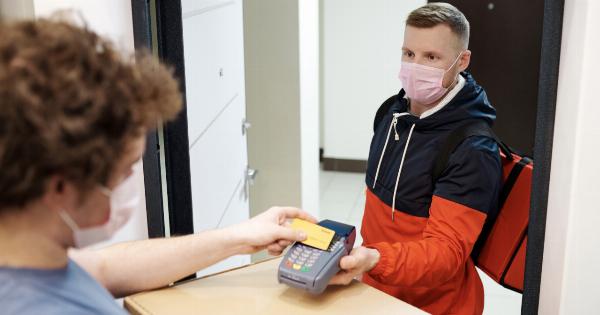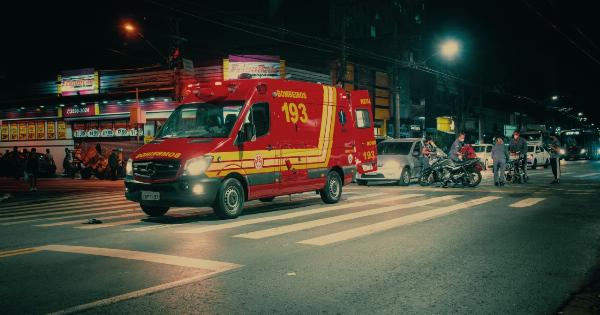Emergencies and panic situations can be overwhelming and stressful, but having a well-prepared plan in place can help you stay calm and handle the situation effectively.
Whether it’s a natural disaster, a medical emergency, or any other crisis, having a fast-acting plan can make a significant difference in the outcome. In this article, we will discuss some important techniques and strategies to include in your emergency panic plan.
1. Stay Calm and Assess the Situation
In any emergency, the first and most important step is to stay calm. Panic can cloud your judgment and lead to poor decision-making. Take a deep breath and try to assess the situation objectively.
Gather as much information as possible to understand the severity of the emergency and the potential risks involved.
2. Establish Communication Channels
Communication is essential during emergencies. Make sure you have reliable communication channels established with your family members, neighbors, and relevant authorities.
Create a communication plan that outlines how you will contact each other and where you will meet in case you get separated. Keep emergency contact numbers handy and consider having a backup power source for your devices.
3. Create an Emergency Kit
Having an emergency kit ready can be a lifesaver. Include essential items like non-perishable food, water, first aid supplies, flashlights, batteries, blankets, and any medications you may need.
Customize the kit based on your specific needs and the potential emergencies you might face. Remember to regularly check and update the items in your kit.
4. Know Your Escape Routes
Whether it’s a fire, flood, or any other emergency, knowing your escape routes is crucial. Identify the safest and quickest way to exit your home or workplace and communicate it to everyone involved.
Practice evacuation drills regularly to ensure familiarity and efficiency during high-stress situations.
5. Stay Informed
During emergencies, staying informed about the latest updates and instructions is vital. Have multiple sources of information, such as a battery-powered radio, television, or access to emergency alert systems.
Follow official instructions and guidelines to ensure your safety and the safety of those around you.
6. Have a Shelter-in-Place Plan
In certain emergencies, like chemical leaks or severe storms, staying indoors may be the safest option.
Develop a shelter-in-place plan that includes identifying a designated safe area within your home or workplace, stocking up on essential supplies, and knowing how to secure your surroundings. Ensure proper ventilation and seal any necessary openings.
7. Learn Basic First Aid and CPR
Emergencies often involve injuries or medical conditions that require immediate attention. Learning basic first aid and CPR can equip you with life-saving skills.
Consider enrolling in a first aid or CPR course to gain knowledge and confidence in handling medical emergencies until professional help arrives.
8. Know the Location of Emergency Facilities
Familiarize yourself with the nearest emergency facilities, such as hospitals, police stations, and fire stations. Knowing their locations and the quickest routes to reach them can be crucial during emergencies.
Keep a list of these facilities along with their contact information in your emergency kit.
9. Prepare for Specific Emergencies
Depending on your geographical location and the potential risks in your area, it’s important to prepare for specific emergencies. If you live in an earthquake-prone region, secure heavy furniture and electronics, and have a plan for safe shelter.
If you live in an area prone to hurricanes, reinforce windows and have supplies ready for a potential evacuation. Tailor your emergency panic plan to the specific risks you may face.
10. Regularly Revisit and Update Your Plan
An emergency panic plan is not a one-time task; it requires regular revisiting and updating. As circumstances and resources change, your plan needs to adapt accordingly.
Review your plan periodically, discuss it with your family members or colleagues, and make any necessary adjustments to ensure its effectiveness.































